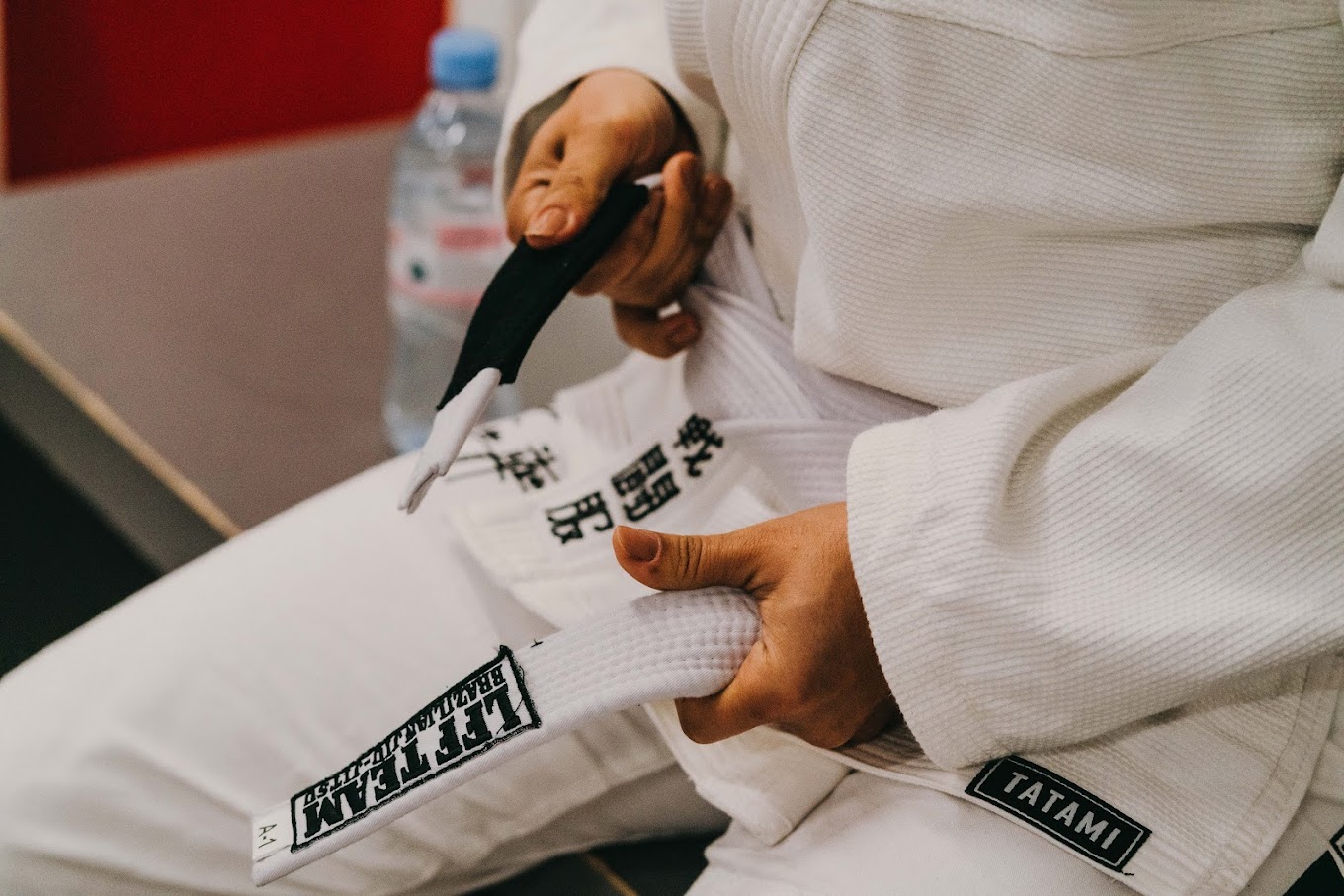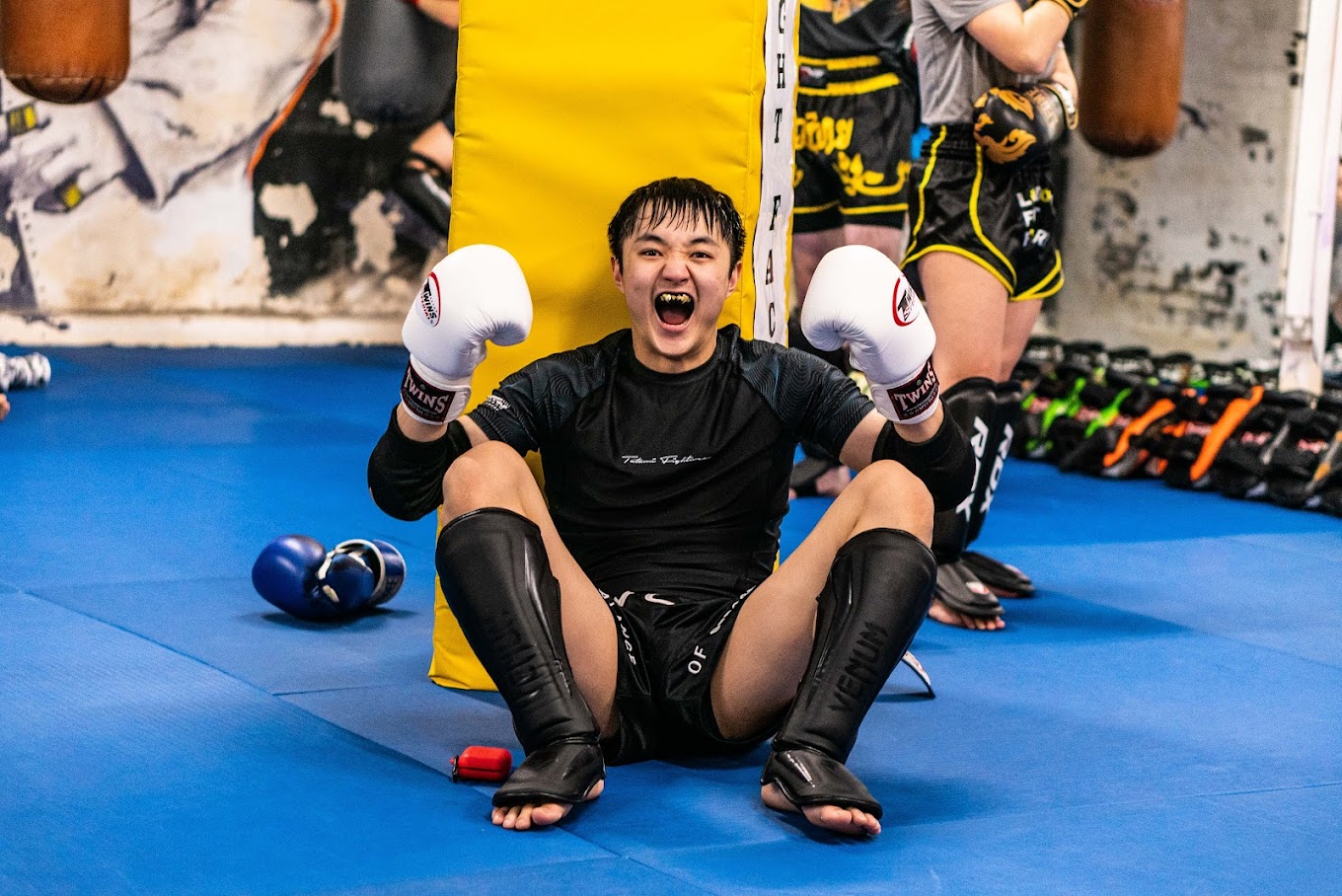Introduction
Brazilian Jiu-Jitsu (BJJ) offers two primary styles of training: Gi and No-Gi. Deciding which one to pursue can be a challenge for newcomers and experienced practitioners alike. This guide aims to provide a comprehensive comparison of No-Gi and Gi BJJ, helping you determine which style aligns best with your goals, preferences, and training needs.
Table of Contents
- Understanding Gi BJJ
- Understanding No-Gi BJJKey
- Differences Between Gi and No-Gi BJJ
- Benefits of Training in Gi BJJ
- Benefits of Training in No-Gi BJJ
- Choosing the Right Style for You

Understanding Gi BJJ
Gi BJJ is practiced wearing a traditional kimono known as a Gi. The Gi includes a jacket, pants, and a belt that indicates the practitioner’s rank. Gi training involves grips on the clothing, allowing for a wide range of techniques and submissions.
Key Takeaways
- Gi BJJ utilizes a traditional kimono, which affects grip and technique.
- The uniform includes a jacket, pants, and a belt indicating rank.
Understanding No-Gi BJJ
No-Gi BJJ is practiced without the traditional kimono. Instead, practitioners wear rash guards, shorts, or spats. No-Gi training focuses on speed, athleticism, and techniques that do not rely on clothing grips.
Key Takeaways
- No-Gi BJJ is practiced without the traditional kimono.
- Practitioners wear rash guards, shorts, or spats.

Key Differences Between Gi and No-Gi BJJ
There are several significant differences between Gi and No-Gi BJJ:
Attire
Gi BJJ uses a traditional kimono, while No-Gi BJJ uses athletic wear like rash guards and shorts.
Techniques
Gi BJJ allows for grips on the clothing, which can slow down the game and introduce a variety of techniques. No-Gi BJJ, on the other hand, focuses on speed and techniques that rely on body grips.
Grip and Control
The presence of a Gi in traditional BJJ provides numerous grip options for controlling an opponent. No-Gi BJJ requires different strategies for control, often involving more emphasis on underhooks and overhooks.
Competition Rules
Competitions in Gi and No-Gi BJJ have different rule sets, particularly concerning legal techniques and point systems.
Key Takeaways
- The main differences include attire, techniques, grip and control methods, and competition rules.
Benefits of Training in Gi BJJ
Training in Gi BJJ offers several advantages:
Technical Development
The Gi allows for a more technical game, with a focus on precise grips and submissions.
Defensive Skills
Practicing with the Gi helps develop defensive skills, as it is easier for opponents to grab and control you.
Variety of Techniques
The Gi introduces a broader range of techniques and submissions due to the ability to grip the clothing.
Traditional Aspect
Gi BJJ maintains a connection to the traditional roots of Jiu-Jitsu, which can be important for some practitioners.
Key Takeaways
- Gi BJJ enhances technical development, defensive skills, and offers a variety of techniques.
Benefits of Training in No-Gi BJJ
Training in No-Gi BJJ also has its own set of benefits:
Speed and Athleticism
No-Gi BJJ tends to be faster-paced, emphasizing agility and athleticism.
Practicality
Techniques in No-Gi BJJ can be more practical for self-defense scenarios, where an opponent is unlikely to be wearing a Gi.
Transition to MMA
No-Gi BJJ is more closely aligned with the grappling aspect of Mixed Martial Arts (MMA), making it beneficial for those interested in MMA training.
Improved Conditioning
The faster pace of No-Gi BJJ can improve overall conditioning and endurance.
Key Takeaways
- No-Gi BJJ emphasizes speed, practicality, transition to MMA, and improved conditioning.

Choosing the Right Style for You
Deciding between Gi and No-Gi BJJ depends on your personal goals and preferences. Here are some factors to consider:
Your Goals
If you aim to compete in traditional BJJ tournaments or appreciate the technical aspects of the art, Gi BJJ might be more suitable. If you are interested in MMA or self-defense, No-Gi BJJ could be a better fit.
Training Preferences
Consider whether you prefer the slower, technical game of Gi BJJ or the fast-paced, athletic nature of No-Gi BJJ.
Gym and Instructor
The availability of classes and the expertise of instructors at your gym may also influence your decision. Meet our Coaches to learn more about their specializations.
Trying Both
If you’re unsure, try both styles to see which one resonates with you. Many practitioners enjoy training in both to develop a well-rounded skill set. Check out our Trial Class Page for opportunities to try both Gi and No-Gi BJJ.
Key Takeaways
- Your goals and preferences will determine the best style for you.
- Consider trying both styles to develop a comprehensive understanding of BJJ.

Conclusion
Both Gi and No-Gi BJJ offer unique benefits and challenges. Understanding the differences between the two can help you make an informed decision about which style to pursue. Whether you choose Gi, No-Gi, or both, the key is to enjoy the journey and continue improving your skills. Embrace the process and make the most of your training experience.
For more information about our coaches and their specializations, visit our Coaches Page. Interested in trying a class? Check out our Trial Class Page.










